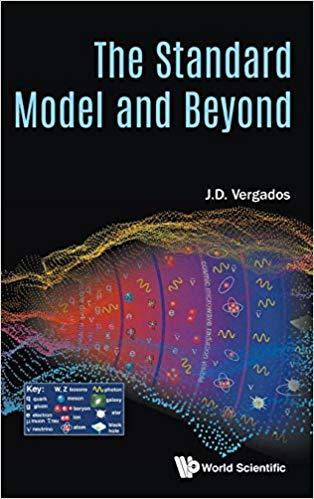
- Description
-
This book contains a systematic and pedagogical exposition of recent developments in particle physics and cosmology. It starts with two introductory chapters on group theory and the Dirac theory. Then it proceeds with the formulation of the Standard Model (SM) of Particle Physics, particle content and symmetries, fully exploiting the material of the first two chapters. It discusses the concept of gauge symmetries and emphasizes their role in particle physics. It then analyses the Higgs mechanism and the spontaneous symmetry breaking (SSB). It explains how the particles (gauge bosons and fermions) after the SSB acquire a mass and get admixed. The various forms of the charged currents are discussed in detail as well as how the parameters of the SM, which cannot be determined by the theory, are fixed by experiment, including the recent LHC data and the Higgs discovery. Quantum chromodynamics is discussed and various low energy approximations to it are presented. The Feynman diagrams are introduced and applied, at the level of first-year graduate students.
Sample Chapter(s)
Chapter 1: Mathematical Prerequisite A: Elements of Group Theory (658 KB)
Contents:- Mathematical Prerequisite A: Elements of Group Theory
- Mathematical Prerequisite B: The Dirac Theory
- The Standard Model: Particle Content and Symmetry
- The Higgs Mechanism
- Fermion Masses and Currents
- The SM SU(3) Group; Quantum Chromodynamics
- Rates and Cross Sections in Electroweak Theory
- Supersymmetry for Pedestrians
- Grand Unification; The SU(5) Example
- A Brief Introduction to Cosmology
- Aspects of Neutrino Physics; Neutrino Oscillations
- Discrete Symmetries: C, P, T and All That
- Appendix: Some Elementary Aspects of Particle Physics
Cover Type: Hardcover
Page Count: 452
Year Published: 2017
